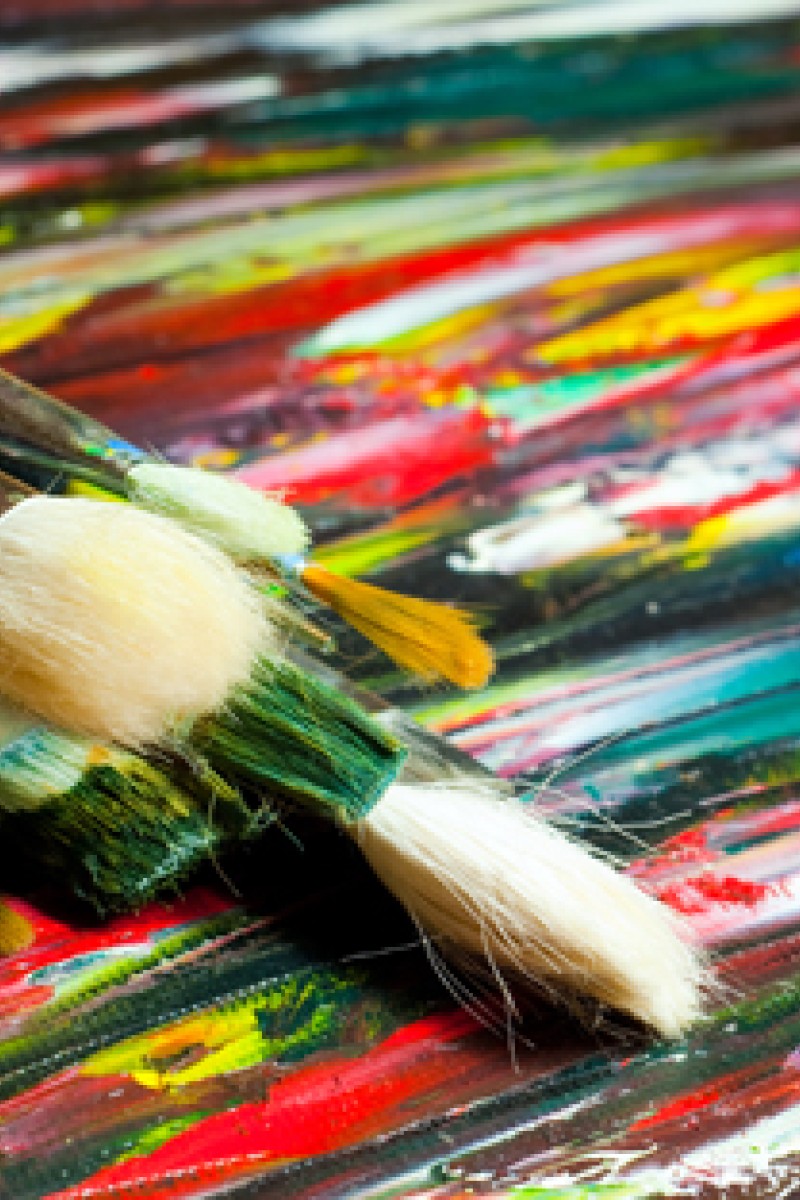
True. Yet someone new to his work may be overwhelmed by the famous Spanish artist's many hidden symbols, surreal characters and distorted shapes.
A selection of 56 of Picasso's masterpieces has arrived in Hong Kong from the Musee National Picasso in Paris and are on display at the Heritage Museum in Sha Tin until July 22. The exhibition charts his development from 14-year-old prodigy until just before his death, in 1973. It covers his various periods: blue, rose, primitivism, neoclassicism and cubism.
Apo Wu Pui-shan, the museum's assistant curator, shares some tips on how to fully appreciate some of the most notable works at the exhibition.
The Sculptor
The Sculptor Photos: Musee National Picasso, Paris
In Picasso's 1931 painting The Sculptor, you can vaguely make out the figure of a sculptor observing his two female statues intensely.
But unlike in his earlier works such as The Barefoot Girl in 1895, Picasso painted his characters impressionistically: with distorted limbs and patchy, multi-coloured faces. This shows how different artists and their styles had shaped Picasso's views. In his early years, he drew inspiration from African sculpture. Later he became passionate about surrealism. "Picasso never confined himself to just one style. He kept on experimenting [and] thinking out of the box," Wu says.
As a pioneer of cubism, Picasso broke up shapes, analysed them, and re-assembled objects in abstract forms. In The Sculptor, he tried to compress three-dimensional objects onto a two-dimensional canvas without losing any of the perspectives.
He drew the sculptor with "two" faces - one from the front and one from the side.
Woman sitting in a Red Armchair
Woman sitting in a Red Armchair
In 1927, Picasso transferred the "physical" qualities of sculpture into this surrealist-inspired painting.
Wu says surrealism seeks to release the unbridled imagination of the subconscious. The style is characterised by distortion, otherworldliness and mystery. The head, hair, arms, breasts and torso of the depicted woman are reinterpreted and stylised into spheres or crescents, as if hewn from stone.
Portrait of Picasso's lovers
Picasso's many women were frequent subjects in his works. He changed his female companions as often as he changed painting styles.
In the exhibition, portraits of two of his girlfriends are placed side by side for easy comparison. One features French photographer Dora Maar. The other depicts Russian dancer Olga Kokhlova.
Picasso used bold colours and strong lines to illustrate Maar's charisma. Wu says his choice of colours and use of black outlines also pays tribute to Dutch post-Impressionist Vincent Willem van Gogh. In contrast, Picasso used a softer approach to capture the more gentle Kokhlova.
Guided tours are on offer at the exhibition. Tickets cost HK$20 and can be pre-booked online at www.urbtix.hk
